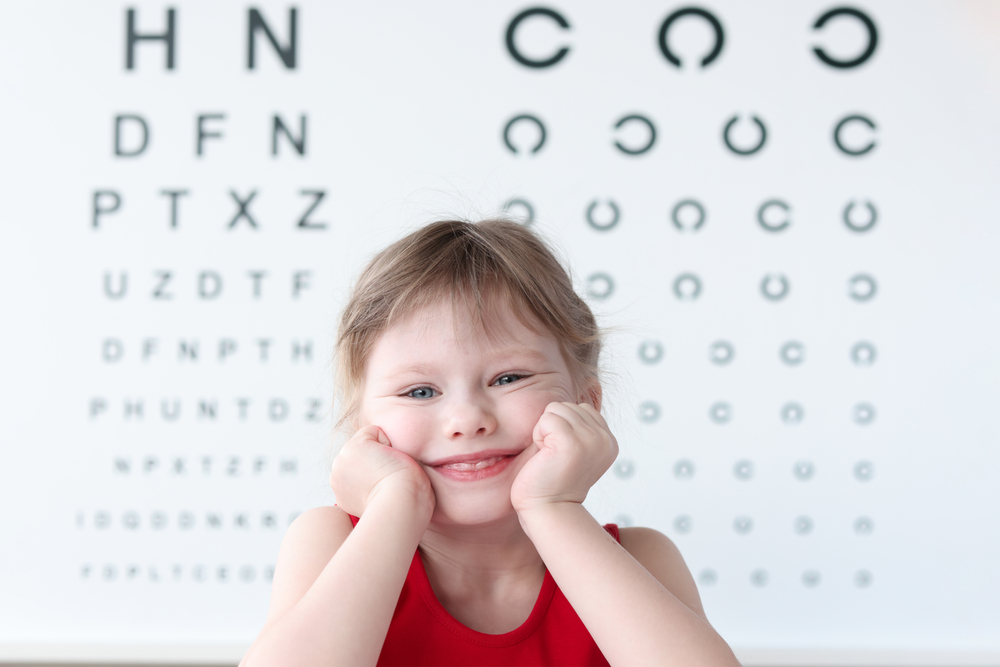
Myopia is a common vision condition that affects a growing number of children worldwide. As a parent, it's crucial to understand the importance of myopia control and how to prevent this condition from developing or progressing in your child. Myopia can have significant impacts on your child's visual development, academic performance, and overall quality of life.
Causes and Risk Factors of Myopia in Children
The primary cause of myopia in children is a combination of genetic and environmental factors. Children with a family history of myopia are at a higher risk of developing the condition. Additionally, factors such as excessive screen time, insufficient outdoor activity, and prolonged near-work activities like reading and writing can contribute to the development and progression of myopia in children. Understanding these risk factors can help you take proactive measures to prevent or manage myopia in your child.
Symptoms of Myopia in Children
The primary symptom of myopia in children is difficulty seeing distant objects clearly, while nearby objects remain in focus. Other common symptoms of myopia in children include:
- Squinting or straining the eyes to see distant objects
- Frequent headaches or eye strain
- Sitting too close to the television or computer screen
- Difficulty seeing the board or whiteboard at school
- Frequent complaints about blurred vision
It's important to note that some children may not express these symptoms verbally, so it's crucial to be observant and schedule regular eye exams to detect myopia early.
The Importance of Regular Pediatric Eye Exams for Early Detection of Myopia
Regular pediatric eye exams are essential for the early detection and management of myopia in children. The American Optometric Association recommends that children have their first comprehensive eye exam at 6 months of age, followed by additional exams at 3 years old, 5 years old, and then annually thereafter.
During these eye exams, your child's eye doctor will assess their visual acuity, refractive errors, eye alignment, and overall eye health. Early detection of myopia allows for timely intervention and the implementation of effective myopia management strategies, which can help slow the progression of the condition and prevent it from worsening.
Myopia Management Options for Children
If your child is diagnosed with myopia, there are several myopia management options available to help slow the progression of the condition and protect their vision. These include:
- Eyeglasses or contact lenses: Corrective lenses can help improve your child's vision and reduce the strain on their eyes.
- Orthokeratology (Ortho-K): This involves the use of specialized, gas-permeable contact lenses worn overnight to temporarily reshape the cornea and improve daytime vision.
- Atropine eye drops: Low-dose atropine eye drops have been shown to effectively slow the progression of myopia in children.
- Multifocal or progressive lenses: These specialized lenses can help reduce the strain on the eyes during close-up activities.
- Outdoor time and natural light exposure: Increasing the amount of time your child spends outdoors and exposed to natural light can help slow the progression of myopia.
Your child's eye doctor will work with you to determine the most appropriate myopia management strategy based on your child's age, the severity of their condition, and their individual needs.
Lifestyle Changes to Prevent Myopia in Children
In addition to medical interventions, there are several lifestyle changes you can implement to help prevent or slow the progression of myopia in your child:
- Encourage outdoor time: Ensure your child spends at least 1-2 hours per day engaged in outdoor activities, as exposure to natural light has been shown to reduce the risk of myopia development.
- Limit screen time: Enforce reasonable limits on your child's use of digital devices, such as smartphones, tablets, and computers. Encourage breaks and the use of the 20-20-20 rule (every 20 minutes, look at something 20 feet away for 20 seconds).
- Encourage good posture: Proper posture, with the eyes positioned about 16-18 inches from the work, can help reduce eye strain and the risk of myopia progression.
- Ensure adequate lighting: Provide ample, evenly distributed lighting in your child's study and play areas to minimize eye strain.
By implementing these lifestyle changes, you can help create an environment that supports healthy visual development and reduces the risk of myopia in your child.
Schedule Your Child’s Eye Exam with Blue Rose Eye Care Today
Myopia is a growing concern for parents, but with the right knowledge and proactive approach, you can help protect your child's vision. Regular pediatric eye exams, early detection, and the implementation of effective myopia management strategies are crucial for preventing or slowing the progression of nearsightedness in children.
By understanding the causes and risk factors of myopia, recognizing the symptoms, and adopting lifestyle changes that support healthy vision, you can empower your child to maintain optimal eye health and visual acuity throughout their formative years and beyond.





